The pandemic limited usual medical device marketing activities, so we created an immersive 3D virtual showroom for GE HealthCare’s product portfolio.
Project highlights:
| Medical device marketing | Custom 3D environment | Available in 6 languages |
A leading global medical technology innovator
With over 100 years of experience and 50,000 employees globally, GE HealthCare is a medical technology leader.
The company works towards digitising healthcare and improving outcomes for patients, physicians, and researchers worldwide. So far, GE HealthCare delivered over 4M imaging, mobile diagnostic, and monitoring units and each second 3 patients get imaged using its equipment.
Each year, the company invests approximately $1B in R&D activities, which have brought high impact innovations such as the first handheld, pocket-sized ultrasound.
A short social media video our team created for VScan Air in 2021.
Looking for new ways to market medical devices
Following the COVID-19 outbreak, markets had to adjust to the new realities of global lockdown.
The healthcare industry has also felt the negative impact of the pandemic. Previously reliant on offline strategies such as medical conferences or face-to-face detailing, marketers in these sectors suddenly faced the limitations of social distancing.
Like many other medical device companies, GE HealthCare faced the challenge of finding ways to showcase its product portfolio, specifically Versana product family ultrasound devices, without physical contact. If traditional conference booths and product events were no longer available, the company had to find their digital counterparts quickly.
An interactive brochure our team created for GE HealthCare a few years before the pandemic.
How to present medical devices in the pandemic
Our approach
We had run numerous healthcare and medical device marketing projects, some of which made it to this ebook.
Apart from previous assignments for GE HealthCare, our portfolio spans campaigns and assets for companies such as Siemens Healthineers, Woerwag Pharma or Merck.
Knowing the industry's ins and outs, we suggested creating a virtual showroom – an immersive space for presenting healthcare equipment.
And to achieve this goal, we recommended using Virtual Reality (VR) – a technology we have already used in some of our previous projects.
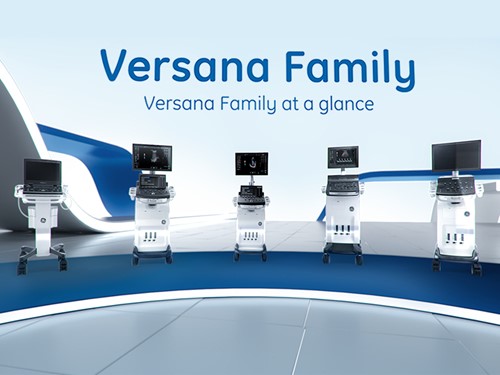
Exploring the power of VR in medical device marketing
The use of Virtual Reality (VR) has been on the rise long before the outbreak of the pandemic.
Many consumer brands have been deploying it to power up their digital marketing efforts. However, its use has not yet been wide in more traditional industries like healthcare.
Virtual Reality is beneficial for showcasing a company's portfolio. VR-enabled solutions allow the customer to browse the product range, explore and compare different models, and learn more about additional features.
The benefits of virtual showrooms
Virtual showrooms can create a better customer experience but they can bring even more advantages to brands deciding to use them.
| Increased ease of access | Efficient product presentation | Open to more visitors at once | ||
| While not everyone can travel to a physical demonstration suite, anyone with a VR headset or Internet connection can visit the virtual showroom. | Virtual showrooms deploy different strategies to demonstrate how products work, so users can explore features at their own pace. | Self-guided virtual showrooms enable serving more customers at the same time than demonstrations led by sales representatives. |
Our process
We started by preparing an animated version of a conference booth to put forward our idea to the client. Once we got their green light, we began gathering all resources necessary to create a VR engine in the way we had planned it.
We then created a 3D background so that the visitors with VR glasses on could experience the actual sizes and shapes of demonstrated devices. Our aim was to create a 360-degrees overview to enable the user to view the existing product range from all sides.
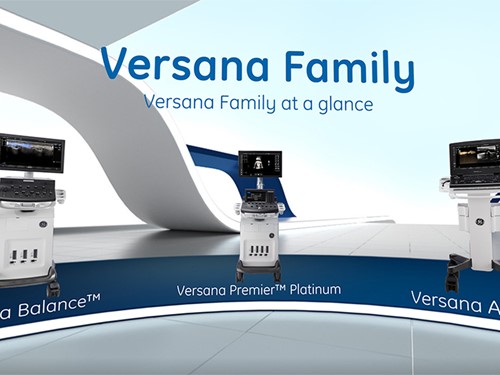
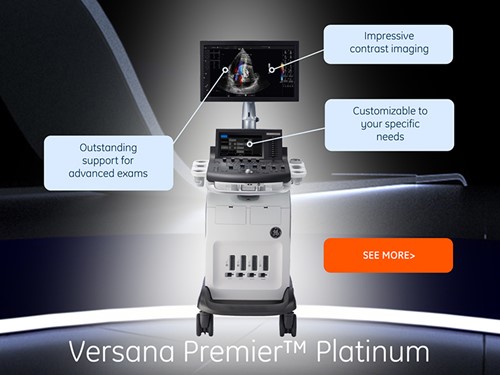

All key features received brief descriptions translated into six languages: English, German, Polish, Romanian, Hungarian, and Greek.
A virtual showroom ready for more
What might look simple at first, in fact, has much potential for future development.
For the time being, it's presented as only a virtual showroom with 360 panorama where you can gather all the devices, present their functionality and redirect to a product specific website.
However, it is ready to receive different content types – from audio to 3D objects, and video – and additional VR components to make it fully immersive.



